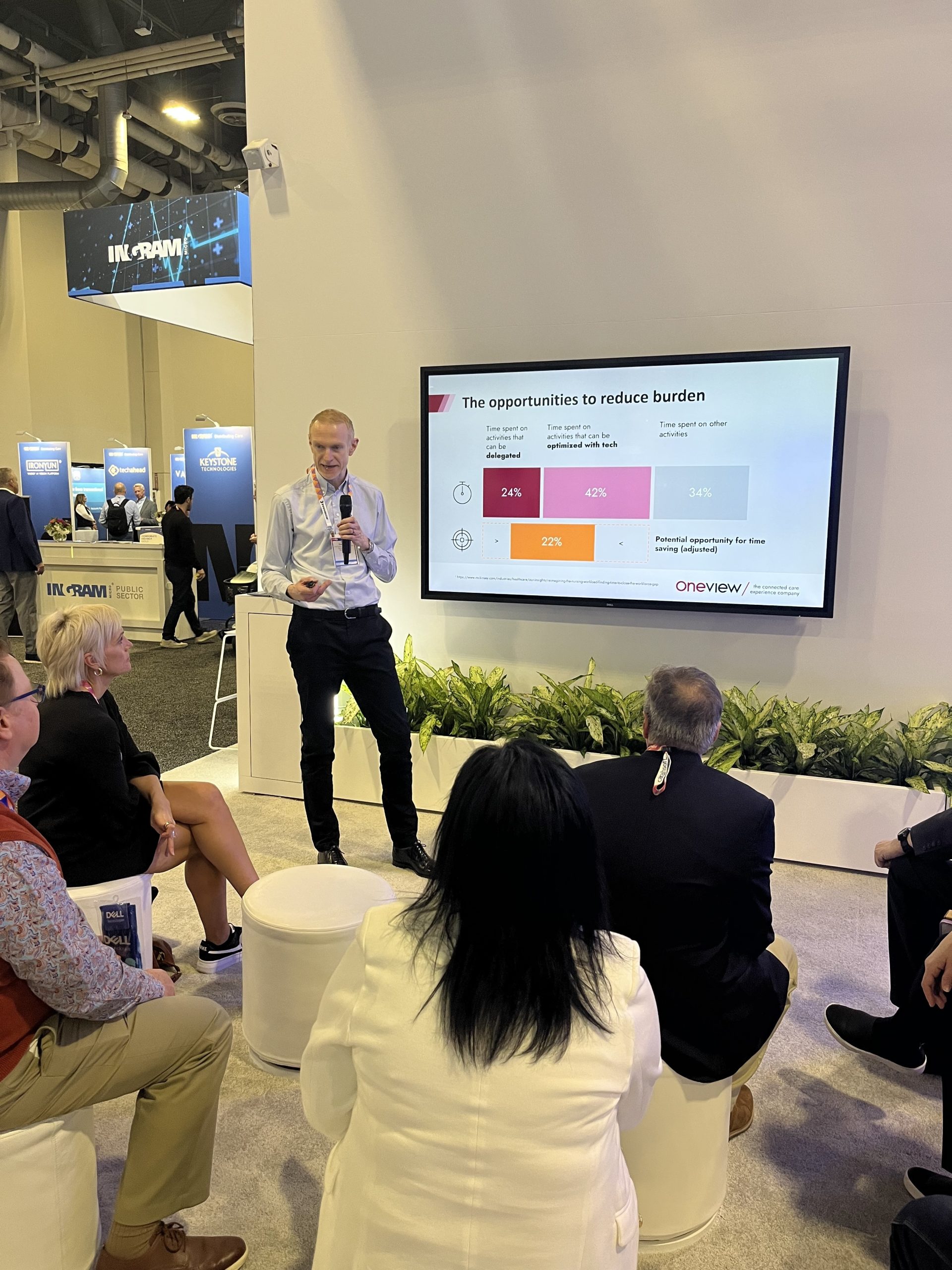What is Medication Adherence and why it Matters
Medication adherence is a critical part of chronic disease management, and yet is a major challenge for providers. In addition to posing challenges for providers managing chronic disease, medication adherence has deep financial ramifications. According to the Network for Excellence in Health Innovation (NEHI), it estimates that total savings from medication adherence and related disease management could result in a $300 billion savings annually that is 13% of total healthcare spending.
So what is Medication Adherence? Medication adherence occurs when a patient takes their medications according to the prescribed dosage, time, frequency, and direction. A breakdown in any one of these elements has the potential to result in unanticipated side effects and complications. Studies published in the New England Journal of Medicine proved that:
- Half of all patients do not take their medications as prescribed
- More than 1 in 5 new prescriptions go unfilled
- Adherence is lowest among patients with chronic illnesses
Side Effects
Poor medication adherence, or non-adherence, limits effective management and control of chronic illnesses. Non-adherence increases disease progression, increases hospitalizations, and increases avoidable doctor and emergency room visits. According to NEHI, the impacts of poor or non-adherence to medications include:
- 17% increase in Emergency room visits and a 10 % Increase in hospital stays, especially among patients with diabetes, asthma, or chronic gastric disorders
- 50% or more of hospital readmissions are medication adherence related
- 125,000 Mortalities annually due to poor medication adherence
Patient Engagement is the Solution to Medication Adherence
The National Community Pharmacists Association (NCPA) may have a solution to the medication adherence challenges with the use of innovative patient engagement models that bring pharmacists and patients together on a regular basis.
NCPA shows that engaged patients are 2.57 times more likely to stay adherent with their medications. Unlike automatic refill programs, the study builds upon established pharmacist-patient relationships to provide high-touch interactions.
As the authors of the study explain, the program leverages basic patient engagement technologies to complete tasks ranging from: scheduling appointment days, sending reminders 7-10 days prior to appointments, and meeting with patients face-to-face to review their medications and answer questions.
Based on the findings, the technologies helps patients to get on a schedule with refilling their prescriptions, allows them to do so all at the same time, and generally makes the refill process more manageable. Additionally, it streamlines pharmacists’ responsibilities, allowing them to take more time to make a genuine connection with patients and to further engage with them as they receive their medication.
The controlled study included patients who used at least one of several different types of medications to treat a chronic illness. Participants had to be using that medication for at least two consecutive 30-day periods. For the purposes of the study, participants were separated into two groups — enrollees (those using the technology) and the control group.
The researchers then collected data regarding medication adherence and non-persistence. Medication adherence was measured by the proportion of days covered (PDC) and non-persistence was measured by the date that a patient had stopped taking a medication for 30 consecutive days. Participants were then compared to a similar patient in the opposite group. Patients were compared by gender, age, what kind of medication they were taking, pharmacy urbanicity (the kind of environment in which the pharmacy was located), and follow-up time.
The study showed the effectiveness of pharmacy networks in maintaining medication adherence. The finding is notable because of the increasing push for quality and value-based care. The study suggests that networks of hospitals can potentially foster medication adherence, aiding chronic disease management at large.
Medication adherence is a large component of the Medicare program (part D) and will continue to be a critical success factor as health care systems move to outcomes measures and value-based payment models. The ability for pharmacies to provide a standard level of care that engages patients is important for quality outcomes and to help reduce the $300 Billion cost burden. “By simplifying the pharmacy’s workflow, the pharmacist has more time for valuable patient interactions and other services that help improve health outcomes,” said the authors. “Patients’ personal connection with a pharmacist or pharmacy staff is the number one predictor of medication adherence.”
Closing the Medication Adherence Loop
An interesting dynamic is occurring in the healthcare market, the rise of the retail pharmacy as a key player on the clinical team. More and more, the role of the retail pharmacist is becoming recognized as a vital link for collaboration with the rest of the clinical team to demonstrate benefits to patients. CVS Health’s Dr. William Shrank, Chief Medical Officer, recently authored a commentary about collaborations between pharmacies and health systems for the newly launched “Insight Center,” a publication of the New England Journal of Medicine and the Harvard Business Review. The article highlights the importance of collaborating across the health care continuum and discusses how collaboration can help to manage population health with greater precision. In the article, Shrank emphasizes that collaborations with retail pharmacies can help health systems improve quality care and lower health care costs. “At CVS Health, we like to think of health care as a team sport, with pharmacists and health providers playing a collaborative role in helping patients manage chronic diseases and access to basic preventative care such as vaccinations, smoking cessation and weight loss counseling” said Shrank.
To date, CVS has partnered with more than 60 major health systems and health care providers to support the medication adherence across the continuum of care. Their strategy is enabled by patient engagement technology that communicates with electronic health record systems and allows the sharing of data regarding prescriptions, visits, as well as reports on medication adherence interventions conducted by pharmacists.
Example
Here’s an example of how these collaborations work:
Michael is a 56 year old male, recently diagnosed with high blood pressure. Upon discharge from the hospital to rule out a stroke, Michael is provided with a prescription for a daily anti-hypertensive. He fills that prescription at his local pharmacy, but within a week, he’s forgotten to take the medication several times.
When he does take the medication, he experiences an uncomfortable dry cough. Michael thinks this may be a cold, so when he visits his pharmacy to re-fill his high blood pressure medication, he mentions this symptom to the pharmacists. The pharmacists advises that an uncomfortable dry cough may be a side-effect of this medication and suggests that he talk with his primary care provider about an alternative medication option. And, because Michael is not taking his medication as prescribed, it has taken longer for him to need his first re-fill. The pharmacist notices the delay and counsels him about the importance of medication adherence when his prescription is ready. The pharmacist also suggests that Michael measure his blood pressure regularly, and shows him how to use the blood pressure cuff near the pharmacy.
Michael schedules an appointment with his primary care provider for the following week to have his medication changed because of the irritating side effects it causes. Michael has not seen his primary care physician in some time. Since Michael is using patient engagement technology, he is able to share all this information with his primary care provider before his visit. During his doctor’s visit, Michael can expect a more tailored and informed conversation as well as a new prescription for another therapy that won’t cause a dry cough, which will help him stay adherent and lower his risk for stroke.
Study Source: Addressing Medication Non-Adherence through Implementation of Patient Engagement Technology. By: Jacob T Painter, PharmD, MBA, PhD Assistant Professor of Pharmaceutical Evaluation & Policy Department of Pharmacy Practice University of Arkansas for Medical Sciences et. al.



